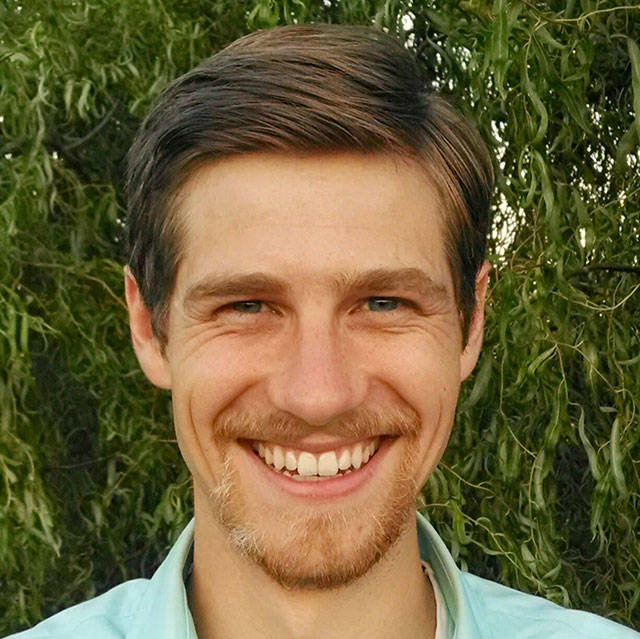Each spring, Vashon Island High School students throw on rubber boots and trek down to our island beaches, bogs, forests and streams, where they meet up with staff and volunteers from the Vashon Nature Center. While there, they sample juvenile salmon, terrestrial insects and forage fish eggs; survey beaches for the effects of King County’s restoration projects and assess the health of the sea stars still on the rocks. Under the guidance of trained professionals, students collect a variety of necessary environmental data.
This data collection is more than a student exercise. It is impossible to address the vast environmental questions our region faces without ample data. VHS students are helping fill in Puget Sound-wide data sets that allow scientists to better understand trends in forage fish, sea stars, stream health and salmon. These authentic, hands-on experiences were kick-started by a Vashon Partners in Education (PIE) grant in 2013.
Students are also given the chance to analyze the data they’ve collected. Back in the classroom, students learn about the impacts of shoreline armoring on forage fish habitat, the wasting disease that has swept through sea star populations from Mexico to Alaska and the ways that large woody debris affects juvenile salmon survival. As students combine the data they’ve collected with the larger sets accumulated by students from years past, patterns start to emerge that lead to intriguing questions. Students become investigators as they are empowered to ask their own questions like:
• How do beach seeps affect forage fish spawning?
• Is there a correlation between the number of Sculpin in island creeks and the number of Coho salmon?
• How do bulkheads affect the profile of beaches on Vashon?
After thorough data analysis using digital tools, students become interpreters and explainers as they think about how to present and discuss their findings in an accessible and engaging way. The final projects students put together are the quality of work you might expect to find hanging in the halls at a research university.
PIE was the first supporter of this community science program at VHS and a similar program at McMurray Middle School. Through these experiences, students learn to act and think like scientists while assisting in real scientific research. This isn’t just textbook knowledge with multiple choice-application. Students are engaged in the messy, brilliant, intriguing, hands- and minds-on work of science. This is possible because of the on-going support of PIE donors.
Bianca Perla, founder and director of the Vashon Nature Center, spoke with me about the students’ work at the center. She said it’s thrilling to watch them engage with nature.
“Some students take to this work like fire,” she said. “They’ll see things we’ve yet to notice and ask questions we’d not thought to ask. They are our next generation of scientists.”
Although not all students participating will choose to become scientists, all of them benefit from engaging in hands-on work with the center.
“These scientific explorations teach invaluable critical thinking skills,” Perla said. “Learning about nature promotes a much-needed awareness that the world is larger than humanity. We hope that students come away feeling connected to nature, with a deeper understanding of our dependence on natural life support systems and inspired to be environmental stewards in whatever way they choose.”
Since 1987, PIE has been instrumental in funding projects like these by providing grants to teachers to test out new ideas and learning platforms. These initial funds help to garner additional support from other partners. Programs like robotics and the fourth-grade birding program were initially funded by PIE before growing into robust programs on their own.
“We are grateful to PIE’s donors for their initial and ongoing funding of the community science programs at our schools, and the teachers and administrators who asked for these programs and work hard to create the space to make them happen,” Perla said.
Teachers are writing their 2019-2020 school year grant proposals now, for programs, supplies and other classroom enhancements that are not covered in this year’s school district budget. Your tax-deductible donation to PIE ensures that programs like community science, Vashon Artists in the Schools, field trips, electives and more will thrive this school year and beyond. PIE will be holding their annual phone-a-thon Oct. 15 and 16, so please answer the call, or donate today at VashonPIE.org.



